In the wild, survival isn’t just about the fittest but also about those who can outsmart, outwit, and downright confuse their predators. Animals have evolved some truly remarkable defenses that can seem almost unbelievable. From shooting blood from their eyes to turning themselves into a living disco ball, these creatures have taken self-defense to a whole new level.
1. The Horned Lizard’s Bloody Defense
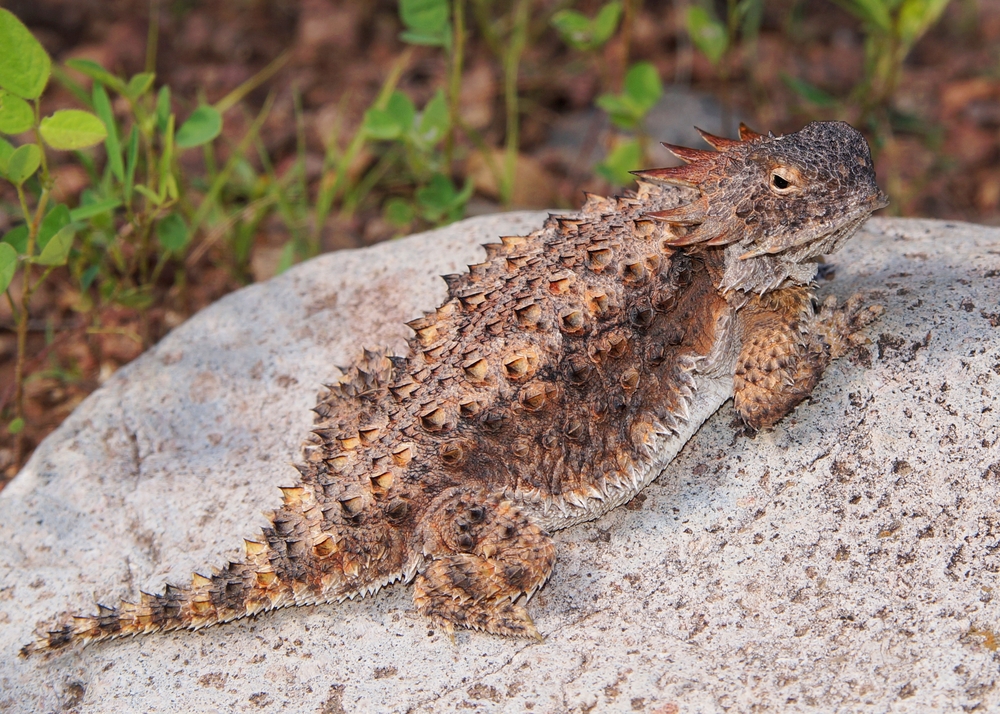
Imagine staring down a predator and then suddenly shooting blood from your eyes. Yes, you read that right. The horned lizard has a unique defense mechanism where it can increase blood pressure in its head until the blood vessels in its eyes burst, shooting blood up to several feet away. According to National Geographic, this bloody spray doesn’t just startle predators but also tastes foul to canine attackers like coyotes. This defense mechanism not only gives the lizard a chance to escape but also leaves a lasting impression on any would-be predator.
What makes this tactic even more fascinating is how targeted it is. The lizard can aim the blood stream precisely, making it a potent and directed attack rather than a random spray. While this might seem extreme, it’s an effective evolutionary adaptation that has helped the horned lizard survive in its harsh desert environment. However, the lizard doesn’t rely solely on this; its spiky skin and ability to blend into the desert sands also play crucial roles in its survival.
2. The Bombardier Beetle’s Chemical Warfare
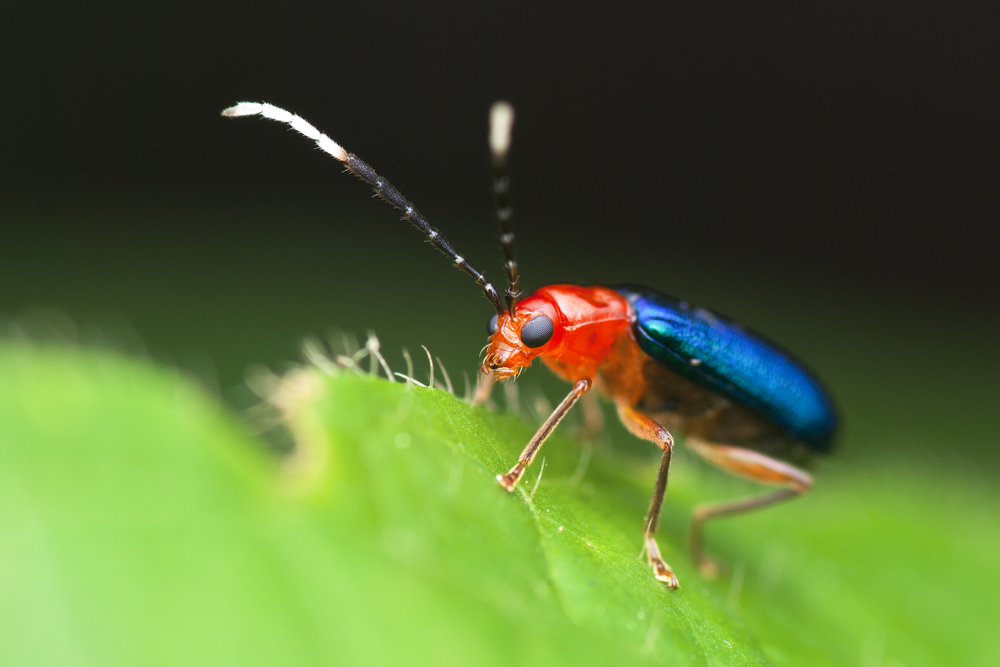
The bombardier beetle is like a tiny military tank, equipped with a chemical weapon that would make any predator think twice. When threatened, this beetle mixes chemicals in its abdomen to create a boiling hot spray of toxic liquid that it can accurately shoot at its attacker. This spray reaches temperatures of up to 100 degrees Celsius (212 degrees Fahrenheit), making it not just scalding but also irritating thanks to its noxious odor. According to Scientific American, the beetle can fire this chemical concoction up to 20 times in a row, making it a persistent deterrent.
What’s even more mind-blowing is how this beetle avoids blowing itself up in the process. Inside its abdomen, it has special chambers that keep the reactive chemicals separate until the moment of defense. This highly coordinated process happens in milliseconds, showcasing a complex evolutionary adaptation. The bombardier beetle’s chemical spray is effective against a wide variety of predators, including insects and small mammals, which ensures its place in the food chain despite its small size.
3. The Sea Cucumber’s Gut-Spilling Escape
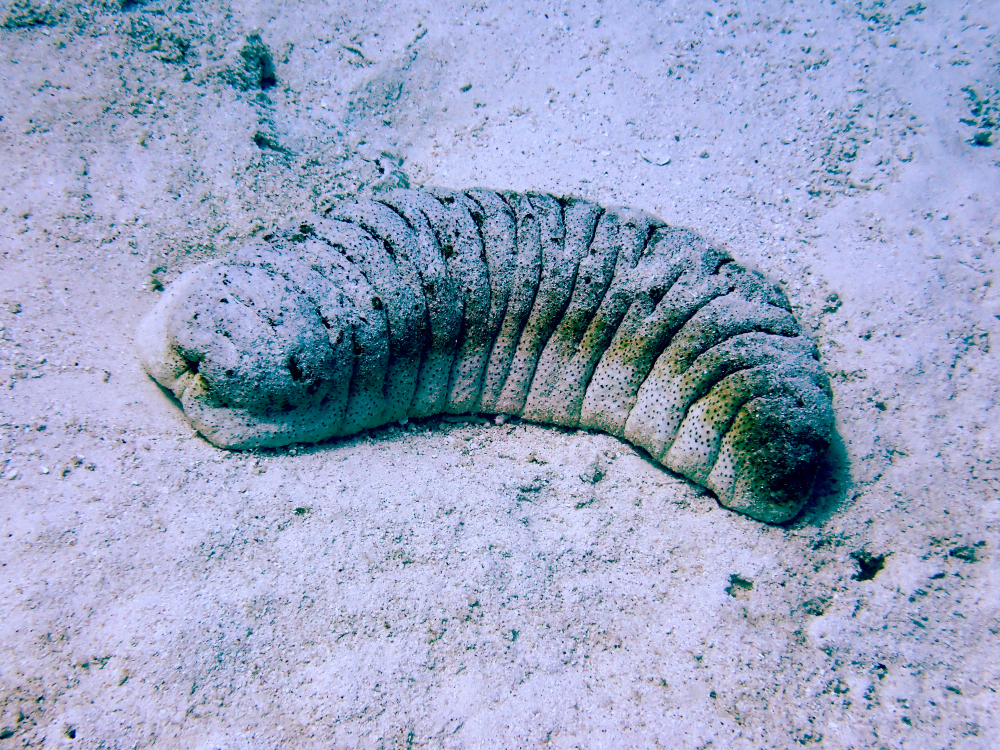
In the underwater world, the sea cucumber has one of the most bizarre defense mechanisms you’ll encounter. When threatened, this slow-moving creature can eject its internal organs through its anus, creating a sticky and unappetizing distraction for predators. While it sounds detrimental, this self-evisceration is actually a survival tactic that allows the sea cucumber to escape while the predator is focused on its seemingly sacrificial offering. According to BBC Earth, these expelled organs regenerate over a few weeks, making this a renewable defense mechanism.
This peculiar tactic is effective against a variety of predators, including fish and crabs, which are often perplexed by the sudden expulsion. The expelled organs are not just a decoy but also contain toxic chemicals that can deter predators from eating them. It’s an extreme form of self-defense that illustrates the lengths to which some animals will go to avoid becoming a meal. The ability to regenerate lost parts also highlights the sea cucumber’s remarkable resilience and adaptability in its ocean habitat.
4. The Opossum’s Death-Feigning Act

Talk about drama! When an opossum feels threatened, it doesn’t run or fight; instead, it plays dead in a performance worthy of an Oscar. This act, known as “playing possum,” involves lying completely still, drooling, and even emitting a foul smell from its anal glands to mimic the scent of decay. It’s a convincing trick that makes predators lose interest, as many prefer fresh rather than supposedly rotting prey.
The opossum’s death act isn’t a conscious decision but an involuntary response, almost like a fainting spell due to stress. It can last from a few minutes to several hours, depending on the level of threat. Once the predator loses interest and moves away, the opossum ‘comes back to life’ and scurries off to safety. This fascinating defense mechanism has been a reliable survival tactic for these marsupials, which have been around since the time of the dinosaurs.
5. The Hagfish’s Slime Surprise
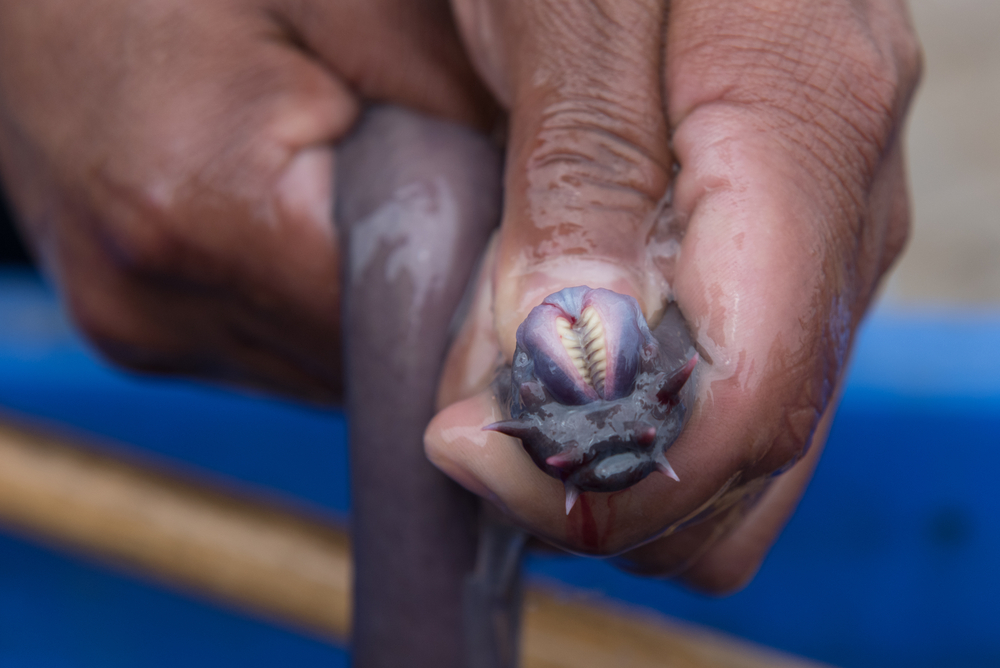
Imagine trying to grab a fish only for it to transform into a slippery, slimy mess that clogs your gills or mouth. That’s exactly what the hagfish does when threatened. This eel-like creature releases a gooey slime from glands along its body, which expands rapidly in water to create a gelatinous barrier. This slime is not just a defensive measure but can actually suffocate attackers, forcing them to release their grip.
The hagfish’s slime is a remarkable substance, renowned for its strength and elasticity. Scientists are studying it for potential uses in materials science, considering its unique properties. For the hagfish, this defense mechanism allows it to survive in the dark depths of the ocean, where encounters with predators are a frequent occurrence. It’s a testament to the diverse and sometimes bizarre ways life has evolved to protect itself.
6. The Hairy Frog’s Bone-Claw Technique
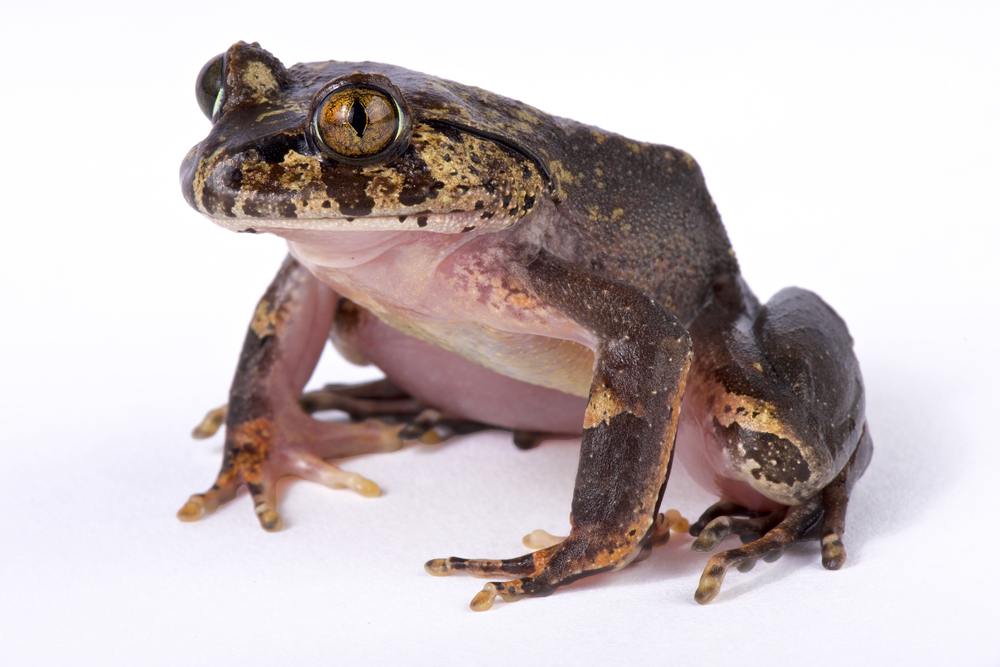
If you thought Wolverine was limited to comic books, think again. The hairy frog, also known as the “Wolverine frog,” has a rather shocking defense mechanism: it breaks its own bones to produce claws that puncture through its skin. When threatened, it flexes a tendon that forces the bone to pierce through the toe pads, creating sharp, bony claws.
This extreme self-defense tactic is unique in the animal kingdom and is believed to deter predators effectively. The frog’s nickname comes from the hair-like structures on its body, which are actually dermal papillae that aid in underwater respiration. While this sounds like a painful strategy, the frog’s ability to heal quickly makes it a feasible option. It’s a remarkable example of the lengths to which animals will go to ensure their survival in a hostile world.
7. The Malaysian Exploding Ant’s Sacrificial Move
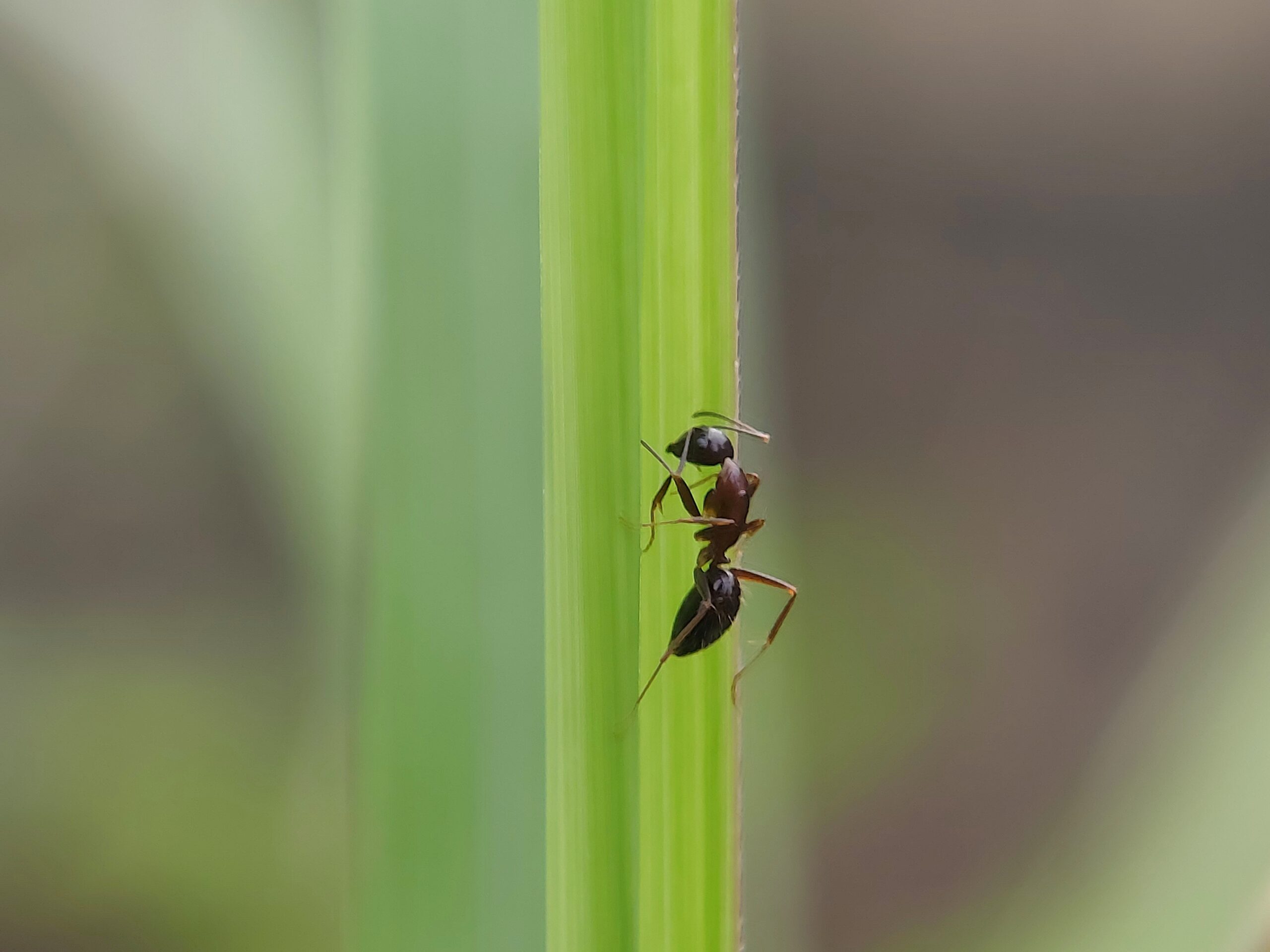
Meet the kamikaze of the insect world: the Malaysian exploding ant. When its colony is threatened, this ant will sacrifice itself by rupturing its abdomen to release toxic chemicals that can immobilize or kill attackers. This act of self-sacrifice is a last resort used to protect the colony, and it showcases the complex social structures and survival strategies of ants.
The sticky, toxic goo released during this process is potent enough to deter even much larger predators. This unique defense mechanism highlights the stark difference between individual and colony survival in the insect world. The exploding ant’s sacrifice ensures that the colony survives, even if it means the individual does not. It’s a fascinating example of altruism and selflessness in nature.
8. The Mimic Octopus’s Master of Disguise
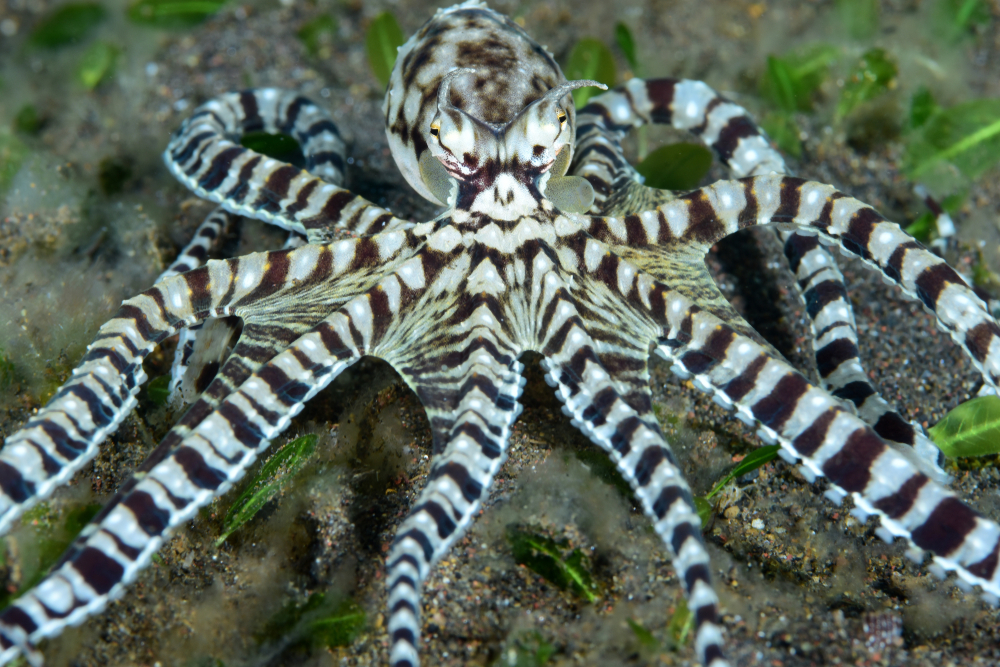
In the world of cephalopods, the mimic octopus reigns supreme with its incredible impersonation skills. This crafty creature can transform its shape, color, and behavior to imitate a variety of dangerous sea animals, such as lionfish, flatfish, and even sea snakes. This mimicry isn’t just for show; it’s a strategic defense mechanism to confuse and deter predators.
The mimic octopus’s ability to impersonate multiple species is an impressive feat of evolution that requires both intelligence and adaptability. It uses its tentacles and skin to change shape and coloration, making it a living, breathing costume party. This shape-shifting ability allows it to navigate the treacherous waters of its habitat with relative safety. It’s an astounding example of how some animals have developed multifaceted ways to outwit their enemies.
9. The Armadillo’s Armor-Plated Defense
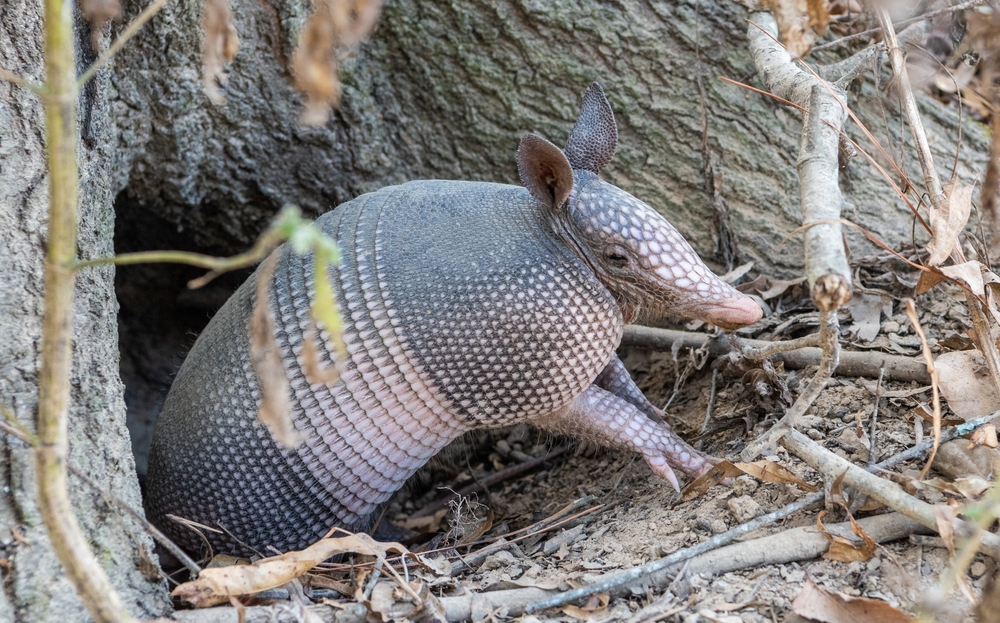
Armadillos are like tiny tanks, with their bony, protective shells that make them tough targets for predators. When threatened, some armadillo species can roll themselves into a ball, safeguarding their soft undersides and presenting an impenetrable shield. This simple yet effective defense mechanism has helped armadillos thrive in diverse environments, from deserts to grasslands.
The armadillo’s armor is made up of plates of bone covered in leathery skin, providing both flexibility and strength. This natural armor not only defends against predators but also helps with burrowing and other daily activities. While not all armadillo species can fully roll into a ball, they all benefit from their incredible protective shells. It’s a classic example of ‘hard’ defenses in the animal kingdom, where physical attributes are key to survival.
10. The Peacock Mantis Shrimp’s Punch
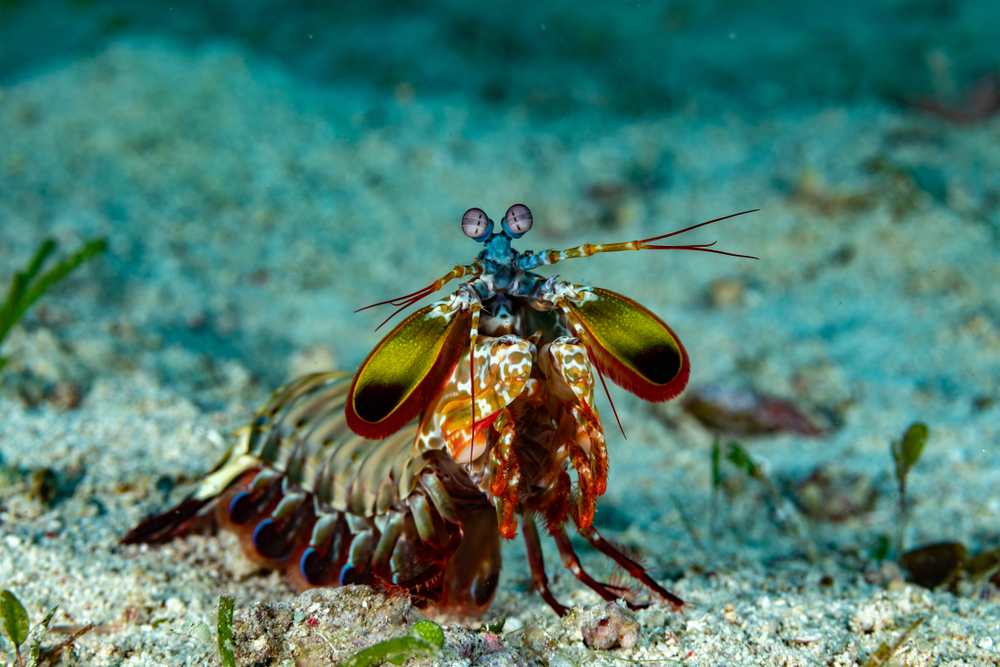
The peacock mantis shrimp is a marvel of marine evolution, boasting one of the fastest and most powerful punches in the animal world. With specialized club-like appendages, this shrimp can strike with the speed of a bullet, delivering blows that can shatter shells and even aquarium glass. This formidable attack isn’t just offensive but also a defensive tool to ward off potential threats.
The speed and force of the mantis shrimp’s punch are a result of a spring-loaded mechanism in its limbs, allowing it to strike rapidly and repeatedly. This unique predatory and defensive capability makes it a feared predator and a difficult target. Its colorful appearance is a stark contrast to its aggressive nature, making the mantis shrimp an enigma of the ocean. Its punch is a perfect blend of beauty and brawn, keeping it safe in the competitive marine ecosystem.
11. The Electric Eel’s Shocking Defense
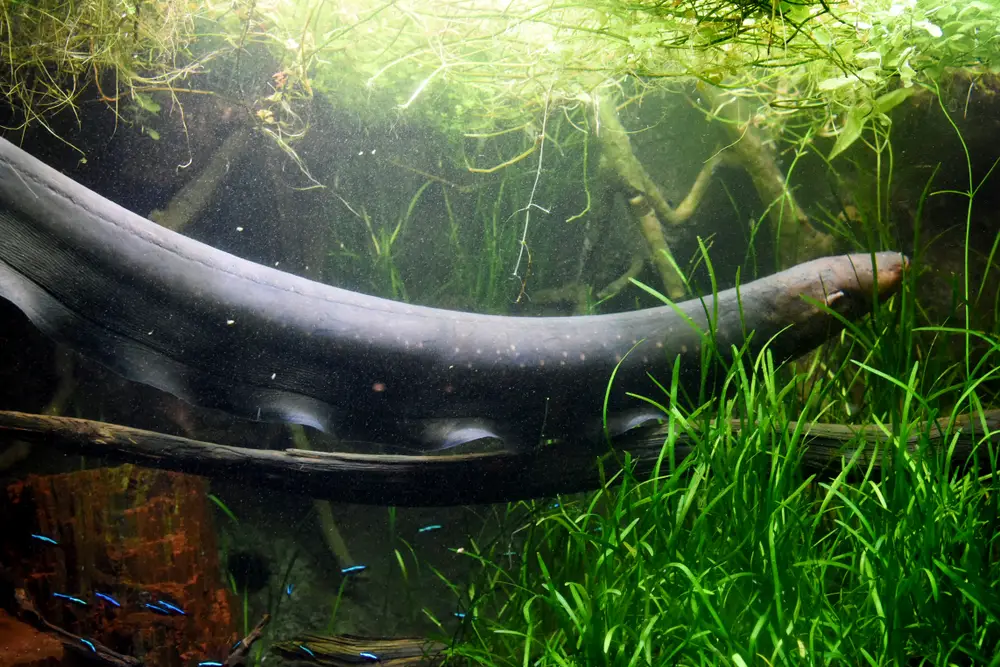
In the murky waters of the Amazon, the electric eel stands out with its electrifying defense mechanism. This eel can generate powerful electric shocks, capable of stunning both prey and potential predators. The electric eel’s body houses specialized cells called electrocytes that create an electric field, delivering shocks that can reach up to 600 volts.
This shocking defense is not just for protection but also aids in navigation and hunting. The electric eel uses low-voltage pulses to explore its environment and high-voltage shocks to subdue prey or deter threats. It’s a remarkable adaptation that combines sensory and defensive functions, making the electric eel a formidable presence in its freshwater habitat. This electrifying ability exemplifies the innovative ways creatures adapt to their environments.
12. The Skunk’s Stinky Spray
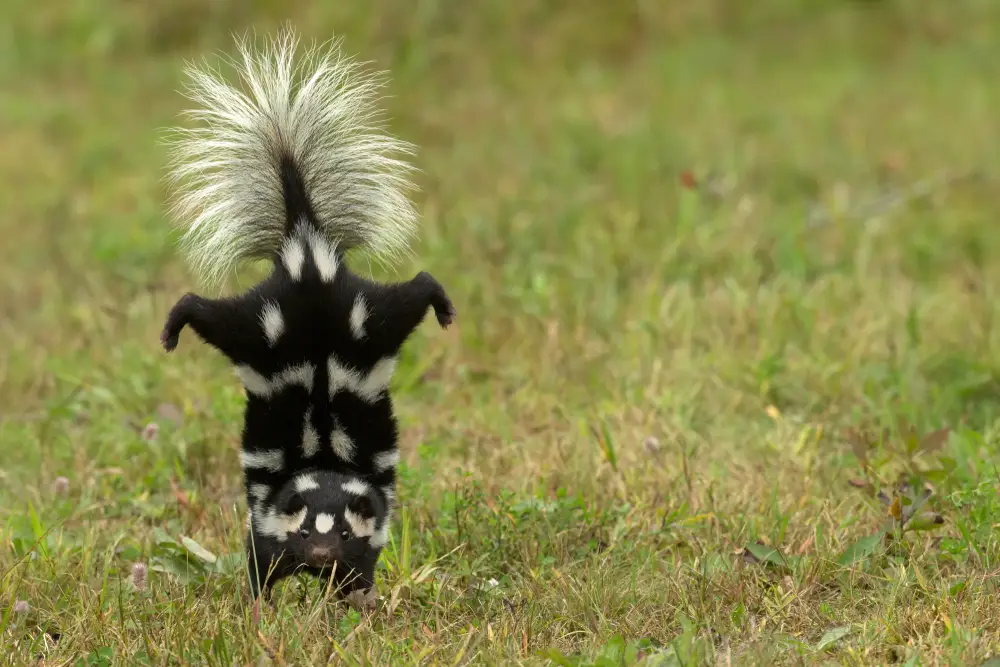
When it comes to olfactory defenses, the skunk is unmatched. Known for its potent defensive spray, the skunk can aim its foul-smelling secretion with precision, deterring predators from a distance. This spray is produced by glands located near the skunk’s tail, and it can travel up to ten feet, creating a noxious cloud that lingers in the environment.
The skunk’s defensive spray is a complex mixture of sulfur-containing chemicals, which are notoriously difficult to remove once they’ve made contact. This stinky defense not only deters predators but also serves as a warning to others. Skunks are generally peaceful creatures preferring to avoid confrontation, but their spray ensures they have a potent backup plan. It’s a classic example of using chemical warfare for survival in the animal kingdom.
13. The Cuttlefish’s Colorful Camouflage
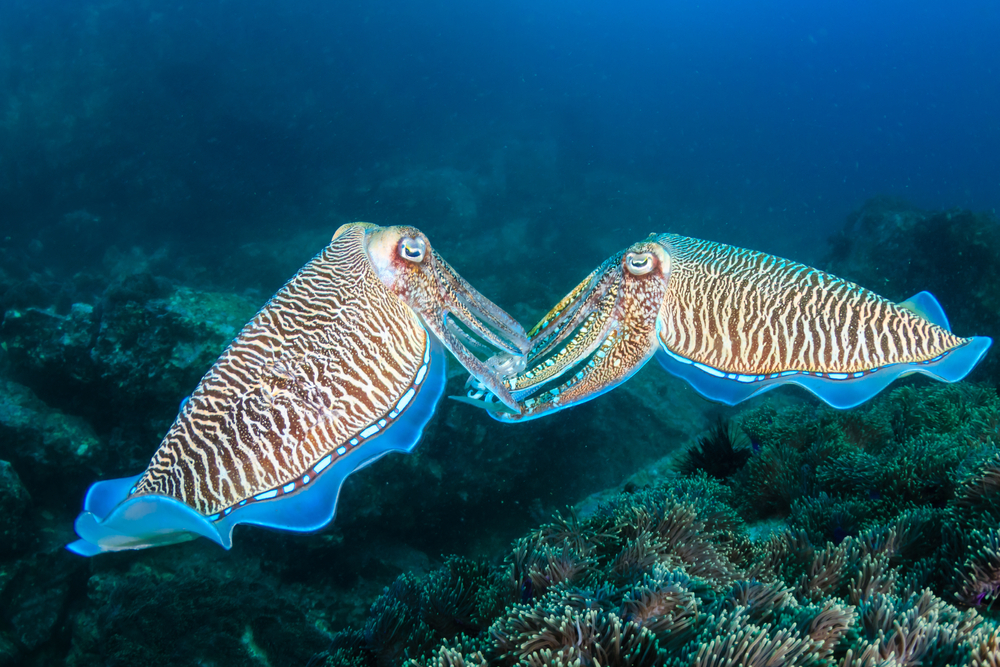
Few creatures can rival the cuttlefish when it comes to dynamic camouflage. With the ability to change color and texture in an instant, the cuttlefish blends seamlessly into its surroundings, making it a master of disguise. This rapid transformation is controlled by specialized cells in its skin called chromatophores, which expand and contract to display different colors.
The cuttlefish’s camouflage is not just for avoiding predators but also a sophisticated means of communication and hunting. By mimicking the environment or other creatures, it becomes nearly invisible to both prey and threats. This ability to adapt its appearance in real-time is a fascinating evolutionary trait that demonstrates the complexity of survival strategies in the animal world. It’s both an art and a necessity, ensuring the cuttlefish remains one of the ocean’s most elusive denizens.
